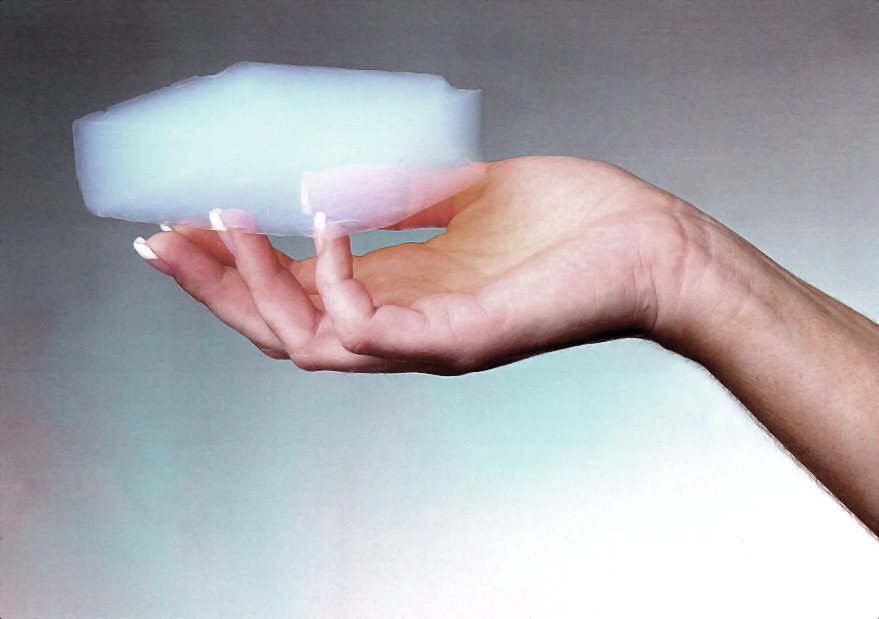Hello all, welcome back to yet another lockdown post.
Today, we'll be looking at a somewhat new material used by a lot of engineers today (specifically NASA engineers), a little thing called Aerogel.

Now, you may be thinking to yourself, what exactly is Aerogel?
Aerogel is a synthetic material that is made by creating a gel, which is made up of a liquid and solid structure, and replacing the liquid in it with a gas without damaging the solid structure of the gel. This results in the creation of a low densile, but solid material with an extremely low thermal conductivity as well.
Now, let's get to the inventive side of Aerogel.
The whole creation of Aerogel was thought up by a guy named Professor Samuel Kistler back in 1931. The idea was brought up when Samuel had a bet with his colleague Charles Learned. It was revolved around jellies, which are made up of about 99% liquid and 1% of a porous 3D skeleton. So, that year, the bet was given; "Could you remove the liquid from the jelly, without damaging the solid structure?".
Now, this wasn't as simple as just evaporating the liquid from the jelly, since that would shrink the solid structure itself, causing the structure to pull in on itself, effectively crumpling it from the inside. Nevertheless, Samuel figured it out. Firstly, he discovered that you could replace a liquid in the jelly with another by thoroughly washing it through, like water to alcohol. Then, by putting the jelly through a machine called an autoclave (which pressurizes the jelly), by pressurizing the jelly liquid to the highest critical point, it transforms into a semi liquid, semi gas solution, effectively replacing the liquid with gas and leaving the solid structure intact.
There are a bunch of materials used that follow the same process, such as:
- Silica
- Alumina
- Chromia
- Tin oxide
- Trapping comet particles in space.
- Thermal insulation against the cold on components like electronics.
- Insulation on various life support systems, space shuttles, etc.
Excellent Mase! Learning about material science is the most fun part about Engineering!
ReplyDelete